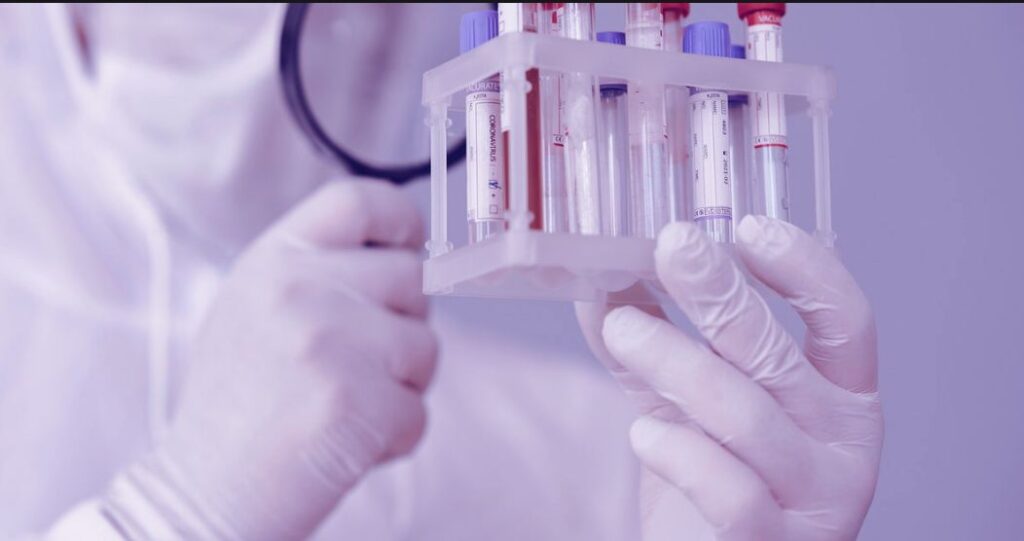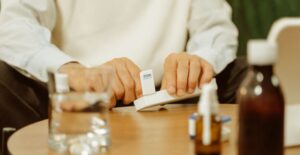It is estimated that one in five Americans have an STD, with young people under the age of 25 years old amongst the most affected in the population. The infections and diseases can cause long-term problems for your health, such as infertility, pelvic inflammatory disease and even cancer.
To curb this problem, it’s important that sexually active individuals are regularly tested for any infections or diseases that they may have contracted through sexual contact or intercourse.
You may be wondering about the best place to get tested for STDs, but luckily there are multiple options that can help you get quickly tested and on the right treatment plan if you are found to have an infection.
Does Urgent Care do STD testing?
There are Urgent Care facilities throughout the country that offer walk-in appointments for individuals who want to get tested for STDs. Whilst private practices also offer this service, Urgent Care facilities can often provide you with quicker testing, with the average wait time for Urgent Care services ranging between 15 to 40 minutes. Most Urgent Care centers tend to charge less for their services and offer more flexible hours, which can work better around your busy lifestyle.
The STD tests at Urgent Care facilities may include physical examinations, blood or urine samples, depending on any symptoms that you may have or the number of STDs that you want to be tested for.
Continue reading to find out the process of STD testing, how often you should get tested and whether these tests are covered by insurance.
What happens during an STD test?
There are different tests for different STDs – there is no universal test for all of them. Your doctor may ask to perform a physical exam on you if you are experiencing any pain or discomfort. They will look for rashes, sores, warts, or discharge in and around the genital area.
You may also be asked for a urine sample, or the doctor will take a swab sample from inside your cheek or your genital area. The medical professional may also take a sample of the discharge from any sores or blisters you have, as well as a blood sample from a finger prick or your arm.
Sometimes you will be told your results straight away, whereas other tests can take a few days or weeks to come back. HIV tests are one of the quickest in terms of results, as you will usually get your results within 20 minutes of the test.
You shouldn’t assume that everything is okay if you don’t hear back from your doctor with your results. Most results will be given to you via the phone or email, so it’s important that you ask for your results if you don’t receive either of these within the timeframe.
Is STD testing covered by insurance?
Certain STD tests are covered by healthcare insurance, such as syphilis, chlamydia and gonorrhea. Under the Affordable Care Act (often referred to as ObamaCare), HIV testing must be included on all health insurance plans for individuals aged between 15 to 65 years old. Other types of STD tests may be included as part of the preventive care benefits in your insurance cover, which means that they will be free of coinsurance or any other costs that you may face.
It’s a good idea to speak with your healthcare and insurance providers before you go for your STD tests to find out the cost of the tests. Some family planning clinics and community health centers may be able to help you find low-cost or free tests if you are not covered for them by your insurance.
How often should I be tested for STDs?
It’s a good idea to get tested for STDs at least once a year if you are sexually active. This should be increased to once every three to six months if you have multiple sexual partners or don’t practise safe sex by using a condom.
Most STDs are easily treated if they are caught early on, such as chlamydia. Other sexually transmitted diseases, such as herpes, are incurable but can still be treated and managed if they are caught in time.
Do I need to get tested for STDs if I don’t have symptoms?
You may not have any noticeable STD symptoms, but this doesn’t necessarily mean that you don’t have one. Due to the lack of symptoms, it can be hard to know if you have contracted an STD. This is why it’s a good idea to get regularly tested, even if you don’t have any common STD symptoms. However, some of the symptoms to look out for include:
- painful urination
- discolored discharge from the vagina or penis
- rash or sores around the genitals
- lower abdominal pain
- bleeding in between periods
You don’t need a specialist healthcare provider to run an STD test on you. Your primary care doctor, along with all other types of primary care providers, can run these tests even if you don’t have any visible signs of an infection.
FAQs
What are the most common types of STDs?
There are over 20 types of STDs, but some of the most common diseases in the US include:
- Chlamydia
- Human Papillomavirus (HPV)
- Gonorrhea
- Syphilis
Most STDs are transmitted from one person to another via sexual contact, including vaginal, oral and anal intercourse. However, some STDs, such as scabies can be contracted through close physical contact, or even through sharing bedding and clothes. STDs can also be passed on via shared needles and sex toys, as well as from a mother to a child during pregnancy.
The government recommends that individuals aged between 13 and 64 years old should be tested for HIV at least once, whilst sexually active women aged 25 years or younger should be tested for STDs such as chlamydia and gonorrhea at least once a year. It’s also recommended that sexually active gay and bisexual men get annually tested for syphilis, chlamydia, and gonorrhea, although individuals engaging in intercourse with multiple partners should get tested every three to six months.
What is the treatment for STDs?
The treatment you receive for an STD will depend on the type of infection or disease that you have. Bacterial STDs can usually be treated and cured with antibiotics if they are caught early enough. Viral STDs are incurable but they can be managed and the symptoms lessened if you receive the correct medication and treatment.
It’s important to follow the treatment plan provided by your primary care physician to properly control and manage the STD. This means that you need to take the full course of antibiotics or medication, even if the symptoms disappear before you have finished your treatment. You shouldn’t take anyone else’s medication to treat the STD as this could cause the infection or disease to become more resilient and difficult to treat.
Hepatitis B can be prevented by getting a vaccination, but this won’t be beneficial if you have already contracted the infection. Your primary care provider will be able to advise and prescribe you the best course of treatment for which specific STD you have. Chlamydia and gonorrhea, two of the most common types of STD, are easily treated by antibiotics, whilst HIV and AIDS are managed (but not cured) by a mixture of antiretroviral drugs.
Summary
STD testing is offered as a standard procedure at Urgent Care facilities and is often covered by healthcare insurance as a preventative care benefit. You will likely be seen within an hour at an Urgent Care facility, whereas other healthcare services tend to require appointments that have longer wait times.
There are a number of STDs that you can be tested for, which all require individual tests. The treatments will also vary, as bacterial infections can be treated by antibiotics whereas viral infections are incurable and require alternative treatments. Some STDs display symptoms, but this is not always the case so it’s a good idea to get tested regularly.
The waiting time for STD test results can vary depending on the test. Some results may be given within the same appointment, such as HIV, whereas other tests can take between a few days to a couple of weeks.




